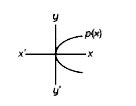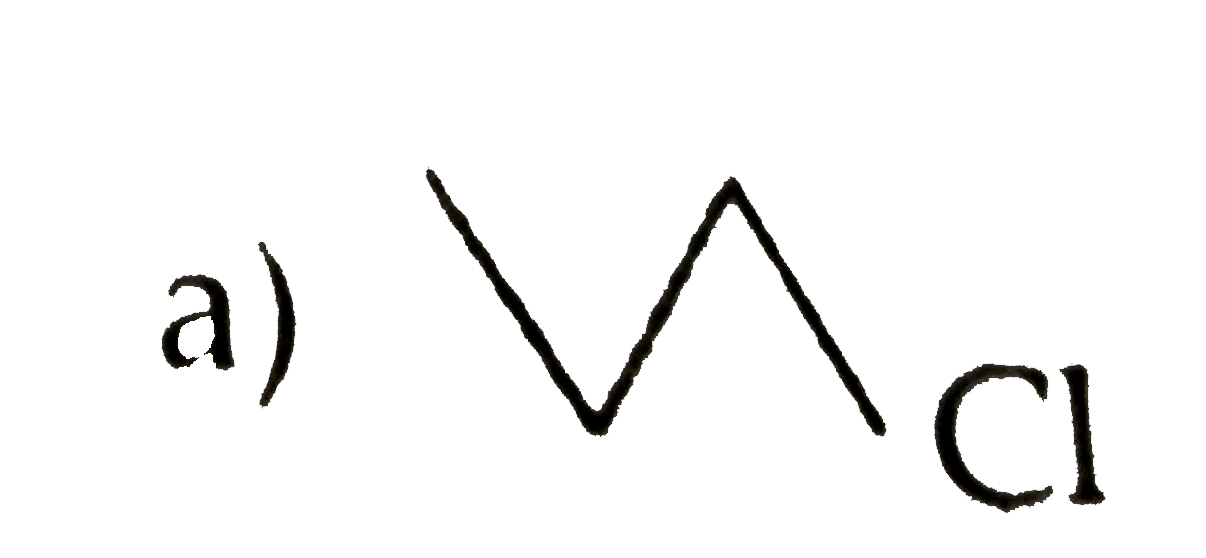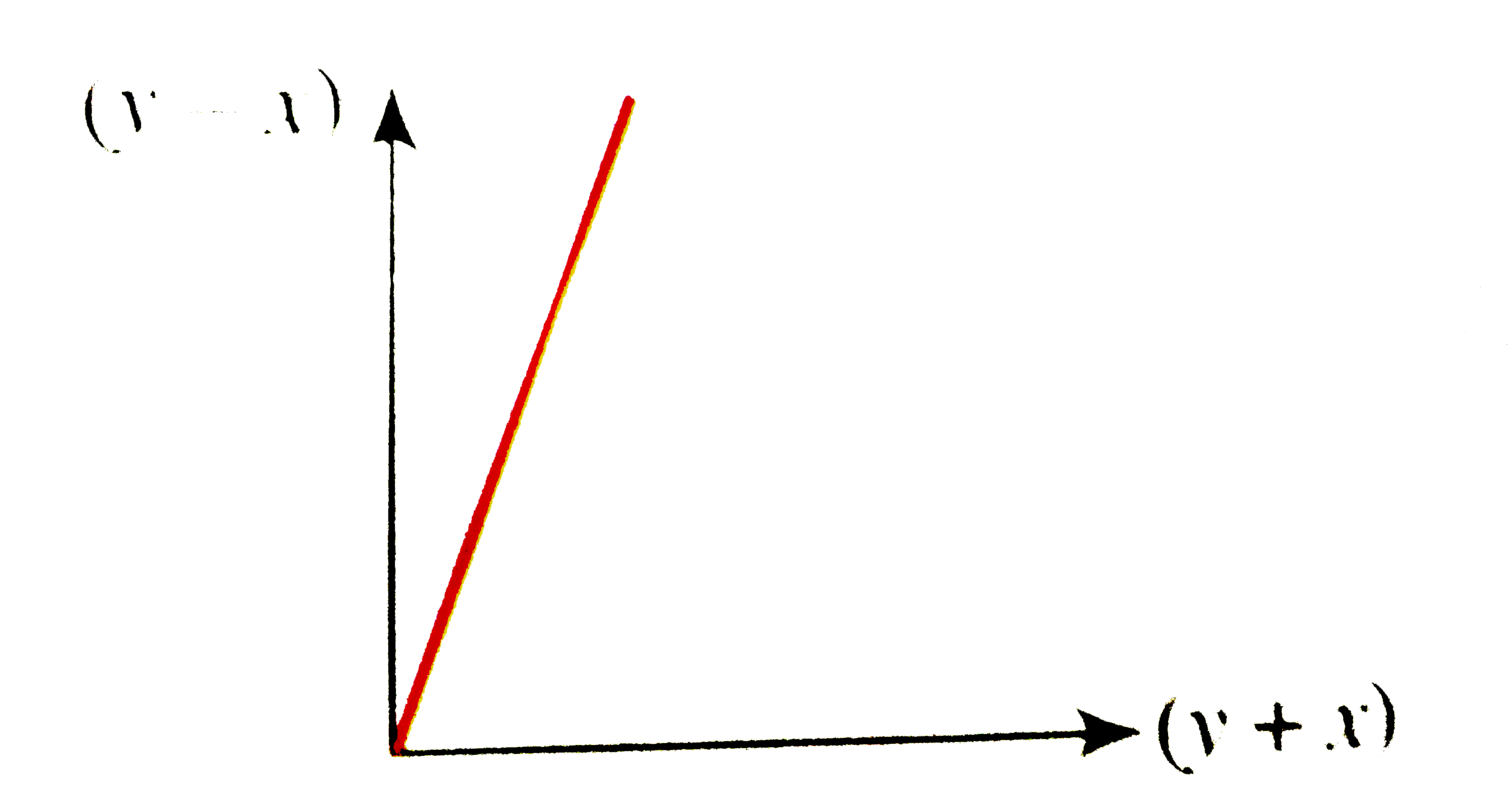The graphs of y=p(x) are given in figures below. Which among the following shows that p(x) has no zero ?




To determine which graph of y=p(x) shows that p(x) has no zero, we need to understand what it means for a polynomial to have zeros. A zero of a polynomial p(x) is a value of x for which p(x)=0. This corresponds to the points where the graph of the polynomial intersects the x-axis.
1. Understanding Zeros of a Polynomial:
- A polynomial p(x) has zeros at points where the graph intersects the x-axis. This means that at these points, the value of y (which is p(x)) is equal to zero.
2. Analyzing the Graphs:
- We need to look at the provided graphs of y=p(x) and identify which graph does not intersect the x-axis at any point.
3. Identifying the Graph with No Zeros:
- If a graph is entirely above or below the x-axis without touching it, then it has no zeros. This means that for all values of x, p(x) is either always positive or always negative.
4. Conclusion:
- After analyzing the graphs, the one that remains entirely above or below the x-axis indicates that p(x) has no zeros. Therefore, we select that graph as the answer.
Final Answer:
The graph that shows that p(x) has no zero is graph D (or whichever graph fits this description based on the provided figures).
- A polynomial p(x) has zeros at points where the graph intersects the x-axis. This means that at these points, the value of y (which is p(x)) is equal to zero.
- We need to look at the provided graphs of y=p(x) and identify which graph does not intersect the x-axis at any point.
- If a graph is entirely above or below the x-axis without touching it, then it has no zeros. This means that for all values of x, p(x) is either always positive or always negative.
- After analyzing the graphs, the one that remains entirely above or below the x-axis indicates that p(x) has no zeros. Therefore, we select that graph as the answer.
The graph that shows that p(x) has no zero is graph D (or whichever graph fits this description based on the provided figures).
Topper's Solved these Questions
- BOOK - EDUCART PUBLICATIONCHAPTER - SAMPLE PAPER 11 (SELF - ASSESSMENT)EXERCISE - SECTION -B13videos
SAMPLE PAPER 11 (SELF - ASSESSMENT)
- BOOK - EDUCART PUBLICATIONCHAPTER - SAMPLE PAPER 11EXERCISE - PART -B (SECTION-V)4videos
SAMPLE PAPER 11
- BOOK - EDUCART PUBLICATIONCHAPTER - SAMPLE PAPER 13EXERCISE - PART - B (SECTION - V)4videos
SAMPLE PAPER 13
Similar Questions
Knowledge Check
- Question 1 - Select One
Which among the following has highest B.P. ?
A B
B C
C D
D
The graphs of y =p(x) are given in figure below , for some polynomials p(x).Find the number of zeroes of p(x) ,in each case.
 View Solution
View SolutionThe graphs of y =p(x) are given in figure below , for some polynomials p(x).Find the number of zeroes of p(x) ,in each case.
 View Solution
View SolutionThe graphs of y =p(x) are given in figure below , for some polynomials p(x).Find the number of zeroes of p(x) ,in each case.
 View Solution
View SolutionThe graphs of y =p(x) are given in figure below , for some polynomials p(x).Find the number of zeroes of p(x) ,in each case.
 View Solution
View SolutionThe graphs of y =p(x) are given in figure below , for some polynomials p(x).Find the number of zeroes of p(x) ,in each case.
 View Solution
View SolutionThe graphs of y =p(x) are given in figure below , for some polynomials p(x).Find the number of zeroes of p(x) ,in each case.
 View Solution
View SolutionThe graph of y=f(x) is shown in the figure.Which of the following could be the graph of y=f(|x|)
View Solution



